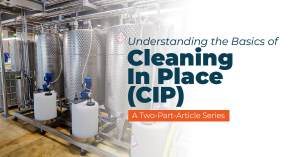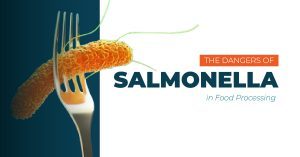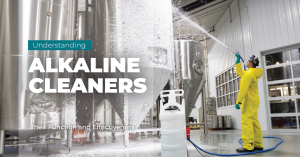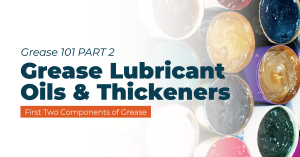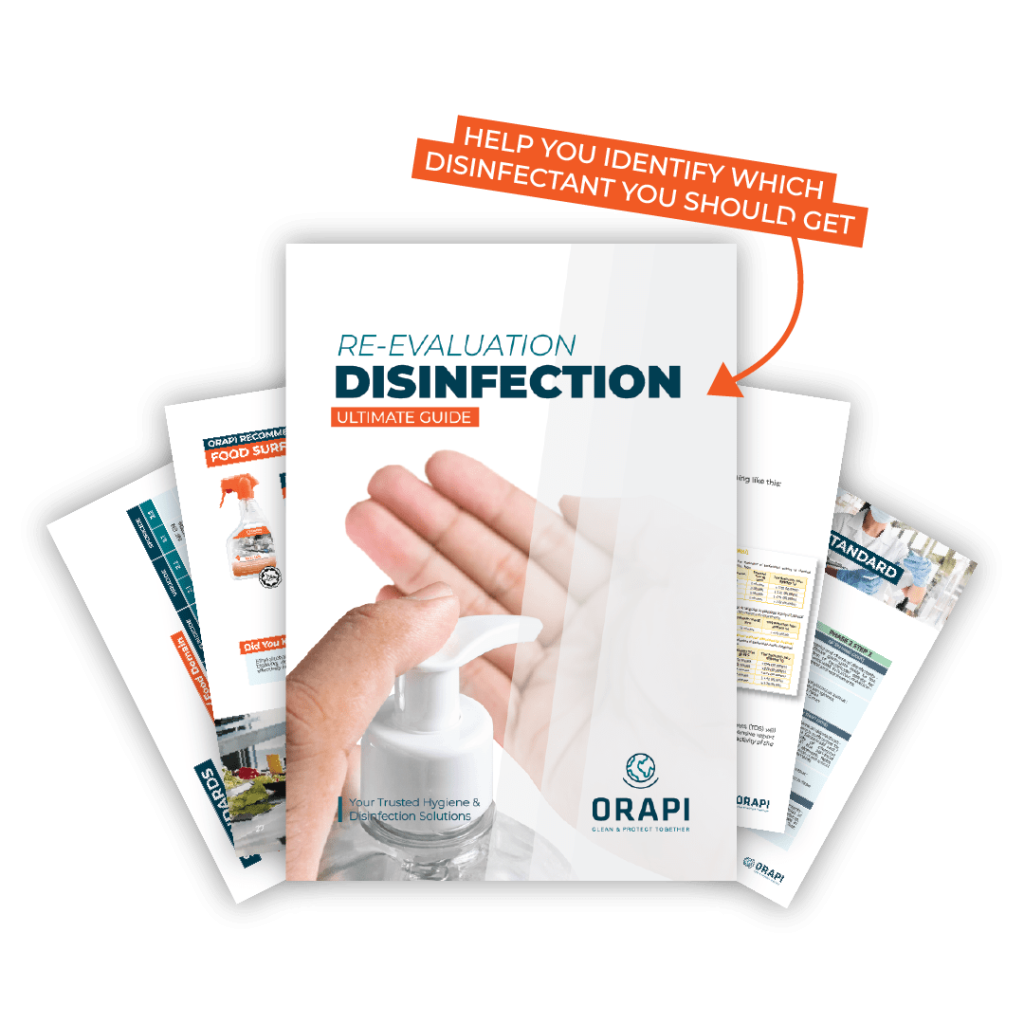
Asthma guidelines recommend consistent cleaning, but many products contain irritants and allergens, worsening symptoms, including in sensitive individuals. These chemicals can also lead to health issues like cancer and infertility. The WHO states that asthma affects 235 million people globally, primarily children. Additionally, a 2007 study involving 10 countries and 3,500 participants found a 30-50% higher asthma risk in those who used home spray cleaners weekly.
In this article, we explore the various allergens found in cleaning products, their associated health consequences, and the steps to take to diminish the effects. Keep reading to learn more.
Asthmagens or Respiratory Irritants
Asthmagens: Substances that can induce or exacerbate asthma symptoms
- 2-Bromo-2-Nitropropane-1,3-Diol
- Alkyl Dimethyl Benzyl Ammonium Chloride
- Alkyl Dimethyl Ethylbenzyl Ammonium Chloride
- Didecyldimethylammonium Chloride
- Diethanolamine
- Dioctyl Dimethyl Ammonium Chloride
- Distearyldimonium Chloride
- DMDM Hydantoin
- Ethanolamine
- Formaldehyde
- Glutaral
- Monoethanolamine Citrate
- Quaternium-15
- Quaternium-24
- Sodium Hypochlorite (Bleach)
- Sulfuric Acid
- Triethanolamine
Note: While these ingredients themselves are not asthmagens, they can release formaldehyde, a recognised asthmagen.
Chemicals that Trigger Asthma and Allergens

Many ingredients commonly found in cleaning products are categorised as asthmagens, which means they have the potential to induce asthma in individuals who are otherwise healthy. An evaluation conducted by the Environmental Working Group (EWG) in 2009, focusing on 21 widely used school cleaning products, revealed that six of them released at least one of three common asthmagens—formaldehyde, methyl methacrylate, and styrene—into the air when used as directed.
Strong acidic (low pH) or alkaline (high pH) cleaning agents can exacerbate asthma symptoms by irritating the lungs. Furthermore, when bleach is improperly combined with acidic or ammonia-based cleaners, it can produce highly concentrated chlorine gas, which can induce asthma in individuals after a single, intense exposure. Additionally, chemicals such as quats, bleach, and ammonia can lead to asthma through allergic reactions that develop gradually after extended, consistent exposure to lower concentrations of these substances (Bernstein 2006).
Some common asthmagens in cleaning agents include:
Formaldehyde
Formaldehyde is a recognised source of skin irritation and allergic reactions and a known carcinogen. It is commonly present in laundry detergent, dishwashing detergent, and bleach cleaners, where it serves as a synthetic preservative or antimicrobial agent.
Fragrances
Quaternary Ammonium Compounds (QAC or QUATS)
These chemical agents serve as disinfectants, antibacterial agents, and fabric softeners. The Environmental Working Group (EWG) has categorised QUATS as asthmagens, and research has demonstrated their potential to induce asthma in previously unaffected individuals. The EWG’s “Guide to Healthy Cleaning” revealed the presence of QUATS in 40% of antibacterial products.
Methylisothiazolinone
A synthetic compound utilised in consumer goods due to its antimicrobial characteristics, it is frequently employed in cleaning products as a synthetic preservative. Despite various studies indicating that exposure can lead to respiratory irritation and skin sensitivities, including dermatitis, skin burns, and eye damage, it is still found in “healthier” alternatives.
Ethanolamines
Ethanolamines (including monoethanolamine, diethanolamine, and triethanolamine) are frequently employed to regulate the pH levels of products and function as cleansing agents in various categories of cleaning solutions.
Bleach
Bleach, represented by sodium hypochlorite, and ammonia, denoted as ammonium hydroxide, stand as two of the most universally acknowledged cleaning components on a global scale.
Ammonium Hydroxide
This chemical is a popular choice in cleaning products due to its potent cleaning abilities and cost-effectiveness. However, it is also one of the most harmful allergens in cleaning products. Ammonium hydroxide is a toxic substance that can provoke skin and eye irritation, affect the respiratory system, and lead to asthma with repeated exposure. Surprisingly, when you reach for your trusty blue window cleaner containing ammonia and chlorine, you inadvertently generate a hazardous cloud of lung-damaging gas. Even attempting to rinse it away with a hot shower exacerbates the situation, as you unknowingly inhale dangerous substances while achieving a clean shower stall.
Impurities and Chemical Reactions
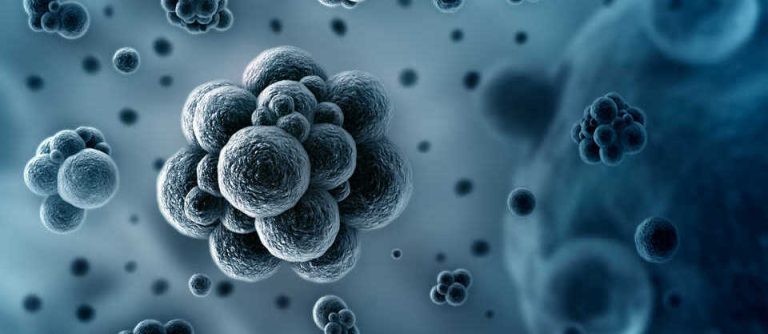
Cleaning Products and Cancer Risk
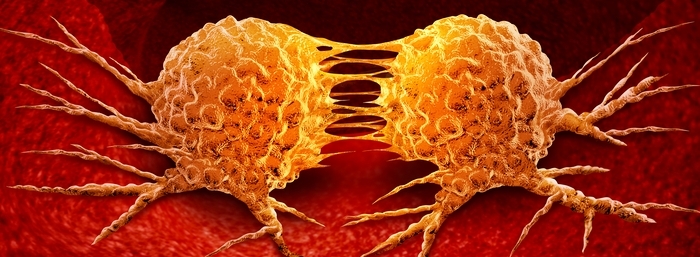
Formaldehyde
Formaldehyde, also known as formalin, is recognised by the World Health Organization as a confirmed human carcinogen and one of the common allergens in cleaning products. It can be found as an ingredient in numerous cleaning products listed in the EWG’s Guide to Healthy Cleaning. Formaldehyde may also be generated within cleaning product containers through the use of formaldehyde-releasing preservatives like bronopol (2-bromo-2-nitropropane-1,3-diol). In this scenario, manufacturers do not directly add formaldehyde to the product but use preservatives that release formaldehyde to enhance shelf life and eliminate bacteria. Additionally, formaldehyde vapours can be produced when citrus- and pine-based ingredients interact with ambient ozone within homes, with the highest formation occurring on smoggy days when ozone levels are elevated.
1,4-Dioxane
1,4-Dioxane is categorised as a probable human carcinogen by the EPA. This chemical has been identified in several well-known liquid laundry detergents (Steinman 2010). It is an unintentional byproduct formed during the industrial production of synthetic ingredients such as PEG and polyethylene compounds. Numerous animal studies have shown increased rates of liver tumours in animals exposed to 1,4-dioxane.
Cleaners and Reproductive or Developmental Risks

Borax and Boric Acid
Diethylene Glycol Monomethyl Ether
Diethylene glycol monomethyl ether, also recognised as DEGME or methoxydiglycol, can be found in select heavy-duty cleaners and degreasers. The European Union has raised concerns about the potential fertility and developmental risks associated with this chemical and, consequently, has imposed significant restrictions on its use in cleaners. Other chemicals belonging to the glycol ether family have been linked to adverse effects on fertility, as well as reproductive and developmental toxicity in animal studies (EPA 2000). Four such chemicals are included on California’s Proposition 65 list of male developmental toxins. Occupational studies suggest that men exposed to glycol ethers in their workplace are more likely to experience reduced sperm counts, and pregnant women exposed to these compounds on the job face an increased risk of giving birth to children with birth defects (CDHS 2007). It’s worth noting that these solvents can be readily absorbed through the skin or via inhalation, potentially leading to toxic levels in the body.
Reducing Impact of Allergens Cleaning Products

Read Labels Carefully
Start by reading product labels to identify potential irritants, allergens, or harmful chemicals. Look for cleaning products with clear ingredient lists and avoid those with known asthmagens, carcinogens, or reproductive toxins.
Choose Safer Products
Opt for cleaning products that have received certifications or labels indicating their safety and eco-friendliness, such as the EcoVadis, NSF, and Halal certifications. These products are formulated to minimise health risks.
Ventilation
Ensure proper ventilation when using cleaning products. Open windows and doors to allow fresh air to circulate, which can help dissipate volatile compounds and prevent indoor air pollution.
Protective Gear
When using harsh cleaning products, wear appropriate protective gear, such as gloves and masks, to minimise direct skin and respiratory exposure.
Avoid Mixing Products
Never mix different cleaning products, especially those containing bleach, ammonia, or acids, as this can produce dangerous chemical reactions and harmful fumes.
Rinse Thoroughly
After using a cleaning product that requires rinsing, make sure to rinse surfaces or items thoroughly to remove any residue. Residues can continue to release harmful chemicals over time.
Store Safely
Store cleaning products out of reach of children and pets and ensure they are properly sealed to prevent accidental exposure.
Limit Fragrance Use
Be cautious with scented products, as fragrances can contain phthalates, which may trigger asthma. Opt for unscented or naturally scented options when possible.
Regular Maintenance
Implement regular cleaning routines to prevent the buildup of allergens and pests, reducing the need for harsh cleaning products in the first place.
Consult Experts
Advocate for Safer Products
Conclusion: Allergens in Cleaning Products
In conclusion, the prevalence of allergens, carcinogens, and reproductive toxins in common cleaning products presents a hidden risk to our health. This article has highlighted the potential consequences of using these products, especially for individuals with asthma and allergies. To mitigate these dangers, it is crucial to scrutinise product labels, opt for safer alternatives, ensure proper ventilation, and use protective gear when necessary. Avoiding product mixing and thorough rinsing are additional precautions. Consumers have the power to drive change by advocating for safer, transparent cleaning options that prioritise both health and the environment. With expert guidance and informed choices, we can safeguard our well-being from the concealed hazards within our cleaning supplies.







